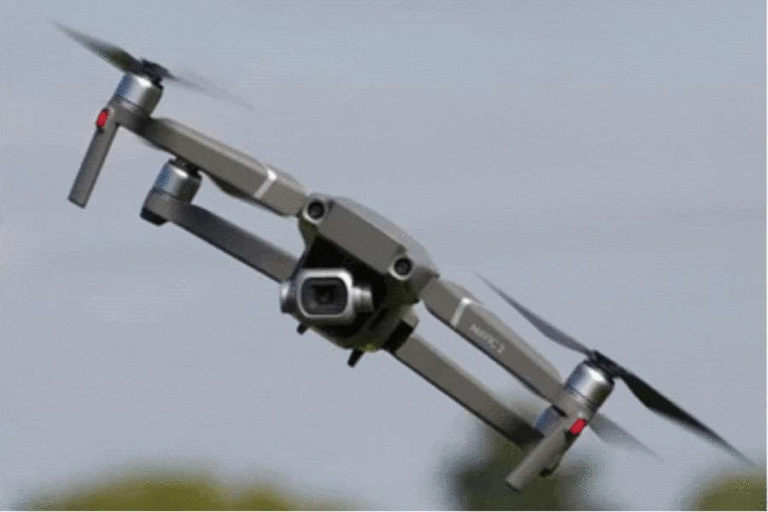Every story has a beginning and like all great technology it has its roots in the great world powers. And commonly, military employment is behind the origin and development of various ingenuities.
Welcome to the world of unmanned aircraft!
How definition, the drones or also known as UAV, from Unmanned Aerial Vehicle, or more appropriately RPAS, for Remotely Piloted Aircraft System, refer to an aircraft that flies unmanned, i.e., is remotely steered or operated.
The drone as such in Uruguay, and in other countries of the world, was initially used for recreational purposes, then for audiovisual purposes: achieving great products for advertising. It is followed by its application in security, and now with a little more stealth, agriculture joins the use of such technology.
What kinds or types are there?
The drones can be classified in different ways, more than you can imagine ! among them:
Depending on its use
– Military. They are used for defense purposes.
– Civilians. Used for commercial purposes, by hobbyists or for government functions.
Depending on the control method
– Self-employed. They are guided by their own sensors and integrated systems.
– Monitored. Its actions are decided by a human operator.
– Supervised. They are piloted by an operator, although they can also perform autonomous tasks.
– Preprogrammed. Drones that follow a pre-designed flight plan from which it cannot deviate.
– Remotely controlled. Drones that are piloted by an operator using a console.
Other classifications and considerations
One of the most common ways to classify them is as fixed-wing drones o rotary wing o multirotors. They can also be differentiate between drones air and maritime. We assure you that we could continue, considering that the above is more than enough.
A drone can be compared to any vehicle, such as a car. It is necessary and mandatory to have a license to drive it, to have a license plate. And of course, an insurance, which gives us peace of mind in case of any problem. On another occasion, we will talk in depth about this reality and in which cases these conditions do not apply.
Currently, in our country the use of drones is regulated by DINACIA (National Directorate of Civil Aviation and Aeronautical Infrastructure), requiring certain conditions to comply with current regulations.
Before entering in depth in drones with functionalities for agriculture, we will consider necessary the previous historical and legal summary to know where to position ourselves from now on. In addition, the importance, risks and benefits that this small but valuable tool called dron is bringing us.



